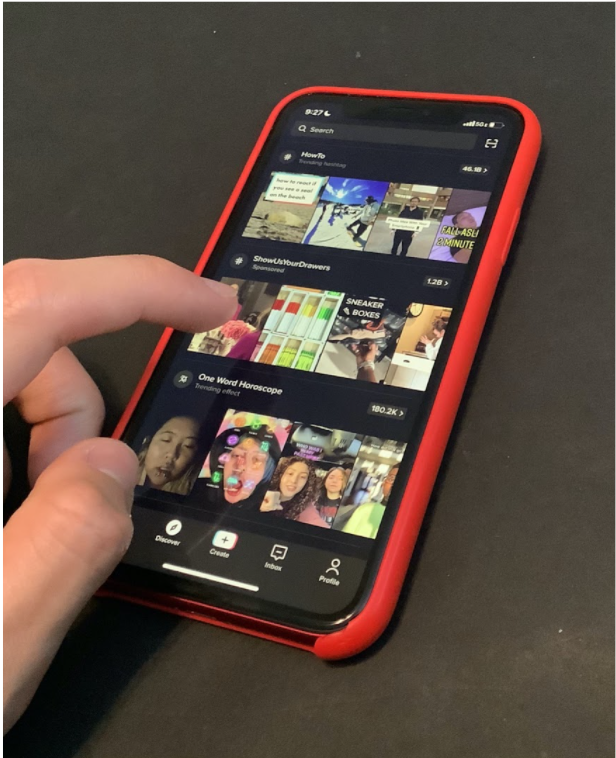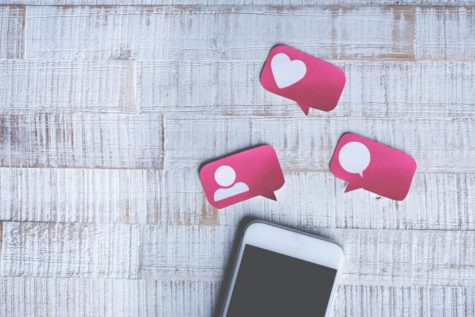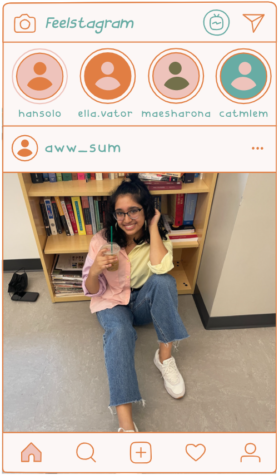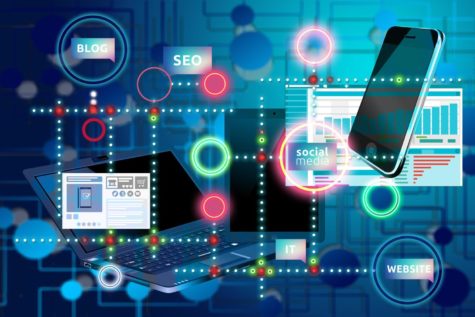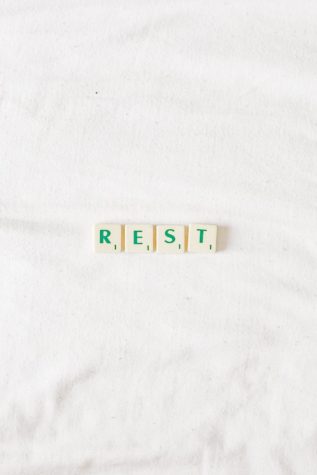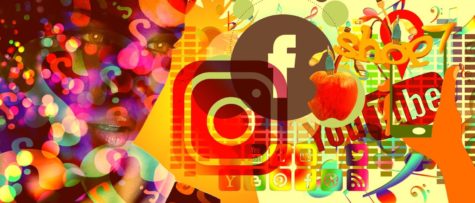The Duality of Technology
By now, you have heard more times than you can count that the world has grown smaller because of technology, but that doesn’t diminish the statement’s merit. Within seconds, you can chat with your friends via your favorite privacy-yielding networks or channels such as Discord and Whatsapp. Why stop there?
If you want to find something, it’s there in the aether of the internet. Technology like this has been on the rise since it first appeared, but its spread and use have only accelerated with the arrival of the pandemic. Pew Research has survey results that show that approximately 90 percent of Americans deemed technology “essential” throughout the pandemic. With all of this content and array of programs readily available, have we become media consumers instead of media producers? Has the pandemic made the once unheard-of hybrid workplace commonplace forever? To answer these questions through a closer lens, Zoom, and TikTok will be the main media.
As a result of the mandatory quarantine, many companies had to shift to conduct work at home. Zoom was the primary program of choice for businesses and schools to hold meetings and classes, with around 200 million users by May 2020 according to Reuters. To put that number into perspective, as stated by BusinessofApps.com, there were around 10 million users in December 2019. It was largely obscure, as there was no real demand for programs like it. When we were allowed to be out and about with our coworkers and fellow students in buildings and conference rooms, there was no need for Zoom. With its newfound ubiquity, people now had to get used to working with programs such as this one. Screen-sharing, controlling volume level, lighting, audio quality, poor video quality from an overpaid Verizon FIOS connection, and children or pets bursting into your office were all issues that were not present while working in person.
The work conducted at home at all hours has blurred the lines between professional life and personal life like never before. You don’t have separate environments for work and personal time, the work has “invaded” your private territory by forcing you to complete all the work at your home. Zoom has only facilitated that through its usefulness. It wasn’t the best of circumstances obviously but life and work have to move on somehow.
These were all issues I had to cope with, except the children were instead my parents. I had to leave the space in the living room I called my “office” and had to decorate and convert a forgotten guest room into an actual workspace. (I am writing this very article there right now.) This workspace allows me to understand what it feels like to work in a more sophisticated and proper office space and to maintain one. With COVID now making hybrid or online work commonplace, these skills will definitely become handy for the increasingly digital future.
With everybody now at home and not being able to see other people in person, many felt lonely (introverts celebrated) and bored. So we talked with friends online, and also predominantly scrolled through TikTok, where pretty faces are what buys and talent dies. You always spend more time than you think you will. Once you uninstall it, you redownload it after three days. Call me an old man for saying this, but to TikTokers, nothing is a bad idea, which leads people to post videos about criminal behavior or ideation. It can become an incredibly noxious environment with angsty teens who pretend to be adults on strong topics. It used to be a platform of memes and jokes where it was done harmlessly, now it’s more toxic than the Chernobyl Exclusion Zone.
To be fair, with over a billion active users on the platform, it is insanely difficult to police the activities of everyone at once, impossible actually. But you can limit the amount you see. I found myself addicted to the app and uploaded some videos, with one reaching 2.6 million views, another one making it into a cringe compilation, and amassing 36k followers. Follower count equals credibility in this world. But I could not stand the horrid community of the app and left my account dormant since September 2020.
Convenience is the objective of technology, and it has been delivered in droves thanks to it. Collaboration and communication are now seamless as you don’t have to wait for another day or for the underpaid mailman to lose your letter again and again. Now you just send a message to another device and you are done. It’s also a medium to create projects via your coworkers virtually, write stories and articles, and videos to express yourself through. But it would be naïve to say that it isn’t a double-edged sword. Because the connection to others is seamless and anonymous (relatively), it is rampant disturbing content, even harassment is commonplace all over the internet, which can seriously affect the mental health of vulnerable individuals like teens and kids.
The key here is to use it in moderation when it has the chance to emotionally harm you by consuming more than you should. Limit the amount of time you spend on apps, so you can do something else more productive and not wither away your mental health. Technology is there, so let’s use it to stimulate our creativity (just like I am with this article). Technology can both be incredibly useless and incredibly useful, utilize it so it stays at the latter.
And, please remember, just because a post got 300k likes, does not make it good content.

